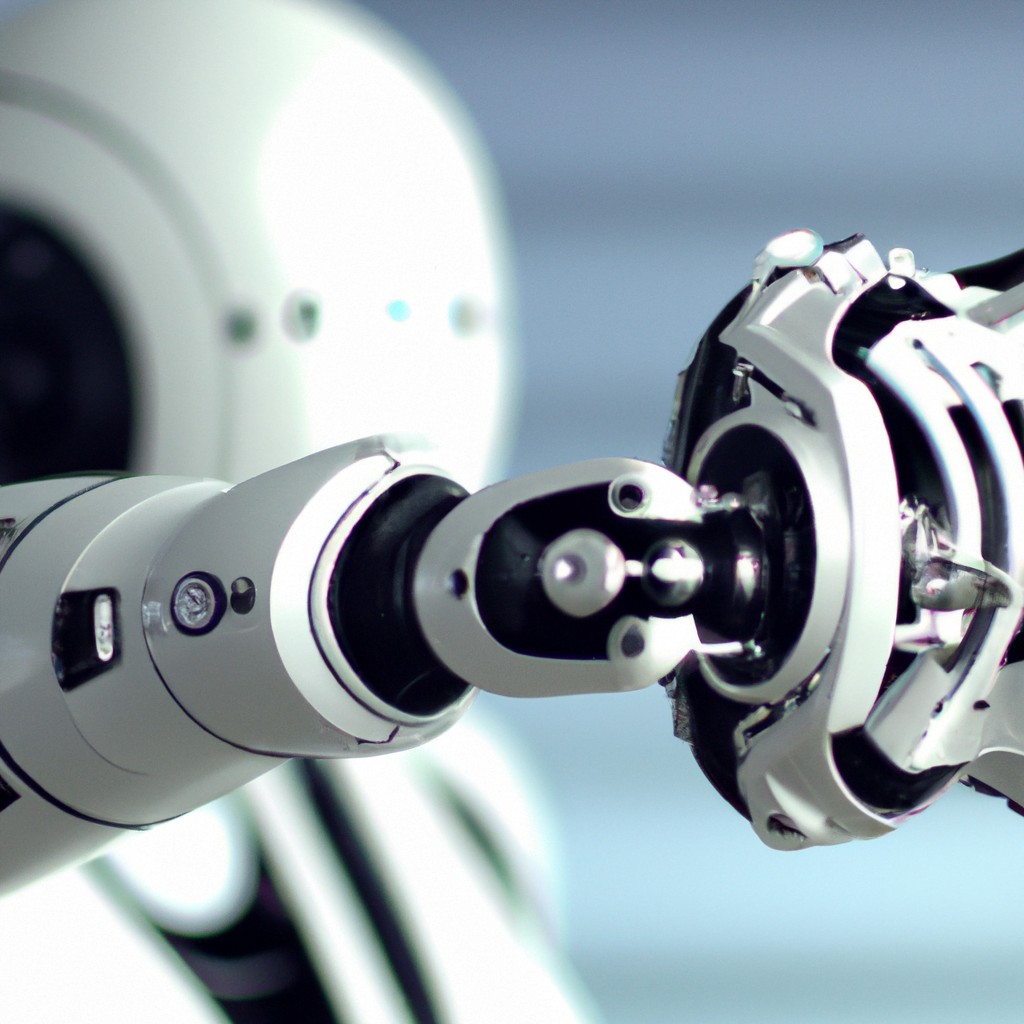Revolutionizing AI
In recent years, there has been a significant advancement in machine learning and artificial intelligence that has the potential to transform various industries. This progress is largely attributed to the development of neural network architectures called transformers, with GPT, BERT, and T5 being the most prominent ones in the natural language processing (NLP) domain.

These models have demonstrated that machines can perform tasks such as generating text, translating languages, and performing various NLP tasks with human-like accuracy.
The transformer architecture is different from the previous recurrent neural network (RNN) architecture in that it allows for parallel processing of data and can handle large amounts of data. This is accomplished through the use of positional encoding, attention, and self-attention mechanisms.

Positional encoding allows the model to encode each word in a sentence with both its text and position, which helps in distributed processing across multiple processors. Attention is the ability of the model to identify patterns in the input and output sentences during machine translation, taking into account the context of the words, gender, plurality, and other grammar rules associated with translation. Self-attention allows the model to identify patterns within the unlabeled data that represent parts of speech, grammar rules, homonyms, synonyms, and antonyms.

The GPT, BERT, and T5 models have a vast number of machine learning parameters that allow them to effectively perform NLP tasks. GPT-3, for example, has over 175 billion machine learning parameters, and it has been trained using 45TB of text data. BERT, on the other hand, was pre-trained using all the unlabeled text from Wikipedia and has been fine-tuned using various question-and-answer datasets. T5 was designed to be transferable to other use cases by using its model as a base and then fine-tuning it to solve domain-specific tasks.
Thanks to the transformer architecture, many NLP problems and use cases are being solved with great accuracy, including machine translation, text summarization, question-answering systems, and even generating poetry, song lyrics, and programming code. As a result, the potential for transformative change across many industries is enormous, and we can expect to see more and more advancements in this field in the years to come.






